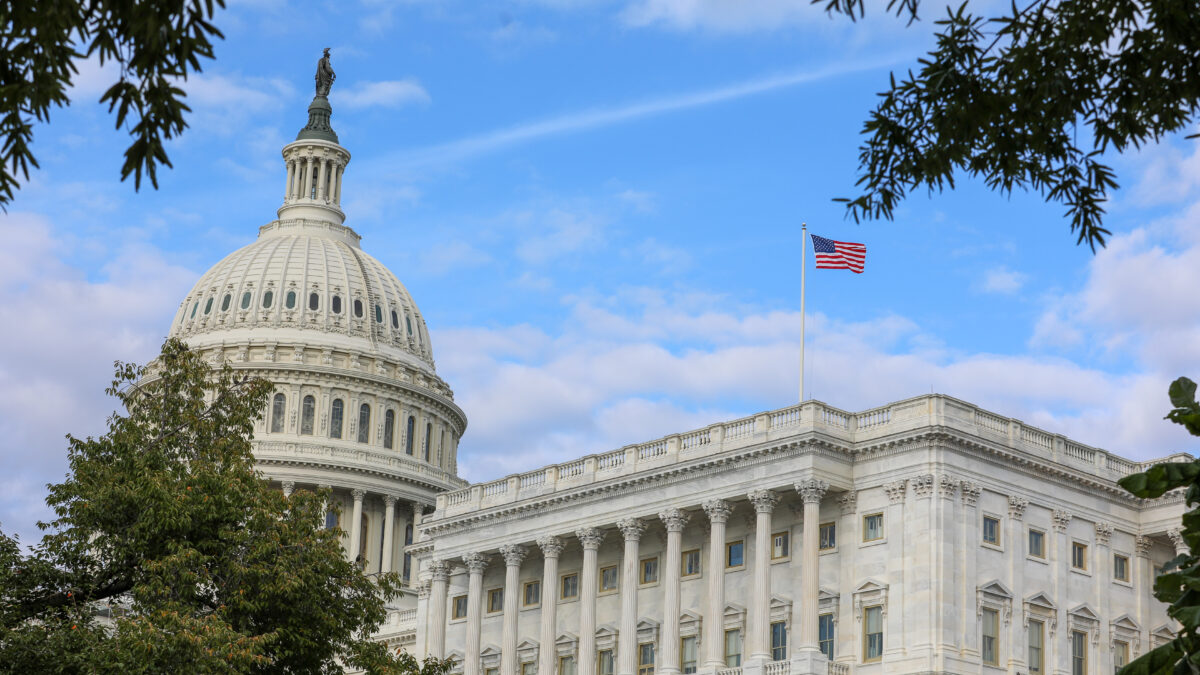The Three-Legged Stool of Good Rulemaking
TOPICS
WOTUSZippy Duvall
President

photo credit: AFBF Photo, Philip Gerlach
Zippy Duvall
President
Rules are more likely to be followed if they are clear and well understood.
Rules are more likely to be supported if the people who must follow them agree they are needed and they are lawful.
And rules are more likely to achieve their purpose if they meet the prior criteria: people support them and can follow them.
I’ve always said that anyone ought to be able to look out on a field and easily see which parts of the land are regulated by the federal government and which areas are not.
That three-legged stool of good rulemaking is represented by the new Navigable Waters Protection Rule issued Jan. 23 by the Environmental Protection Agency and U.S. Army Corps of Engineers. The new, clearer definition of “waters of the United States” for purposes of federal regulatory jurisdiction under the Clean Water Act will end decades of confusion and litigation over which parts of a farmer’s or rancher’s land require federal permission to farm.
Let’s take a look at the first leg of the stool: clear and easy to understand. The new rule clearly establishes four categories of water or land that are regulated at the federal level. Equally important, it clarifies the categories that are not “waters of the U.S.,” such as areas of a field that hold water only after a heavy rain. Wetlands converted to farmland decades ago are excluded. Most upland ditches are excluded. “Adjacent wetlands” covered under the new rule are clearly defined to be directly abutting or connecting to jurisdictional waters.
The lines between what’s “in” and what’s “out” are clear enough that a farmer doesn’t have to hire a team of engineers and lawyers to find out if the land can be farmed. That’s a big improvement over the 2015 Waters of the U.S. rule, which gave federal agencies too much leeway to declare almost any area of a farmer’s or rancher’s land a water of the U.S., even if it was far away from navigable waters.
I’ve always said that anyone ought to be able to look out on a field and easily see which parts of the land are regulated by the federal government and which areas are not.
Second, the rule is supported by the people who are most directly affected, farmers and ranchers and other landowners. Clean water is a priority for farmers and ranchers. We know that a new rule is needed both to protect water quality and to provide certainty for landowners. Without this rule, it’s nearly impossible for a landowner to know which parts of the land are considered WOTUS.
In fact, Farm Bureau for years has been calling for federal agencies to issue a rule that provides clarity and predictability. We’ve called for a rule that aligns with the Clean Water Act and with the direction given by the Supreme Court. What we could not support is a rule, like the now-repealed 2015 rule, that would create more confusion, risk and bureaucracy for the people who grow our food.
Finally, this new rule will effectively protect clean water. If your arm is broken, the doctor doesn’t put a cast on your leg. But that’s just about what would have happened under the 2015 WOTUS rule. Instead of focusing on navigable waters and those waters with a direct connection to navigable waters, the 2015 rule was aimed squarely at controlling what farmers and others could do on land miles away. It was a federal land grab, plain and simple. The Trump Administration’s new Navigable Waters Protection Rule focuses the treatment where it is needed, a large reason why we believe it will achieve its purpose of enhancing water quality.
There’s been a lot of misinformation in the news media about the new rule. It doesn’t “roll back” anything. It provides more effective water protection, with clear lines of authority to make those protections work. And it rightly asks the states to do their part, with the cooperative federalism envisioned by Congress when it passed the Clean Water Act.
Farm Bureau members have worked long and hard for this rule, and we would not have it without their dedicated advocacy efforts. Rather than taking a victory lap, we should celebrate this win by correcting misinformation about the new rule and letting our government officials know that we support it. The Navigable Waters Protection Rule is clear, supported by the people it regulates, and designed to achieve its purpose—the three-legged stool of good rulemaking.
Zippy Duvall
President
Vincent “Zippy” Duvall, a poultry, cattle and hay producer from Greene County, Georgia, is the 12th president of the American Farm Bureau Federation.
